|
|
|
Convert squirrel cage blower to motor bench. Convert pulley to new size.
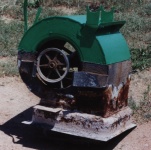
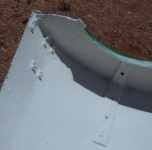
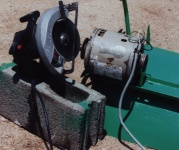
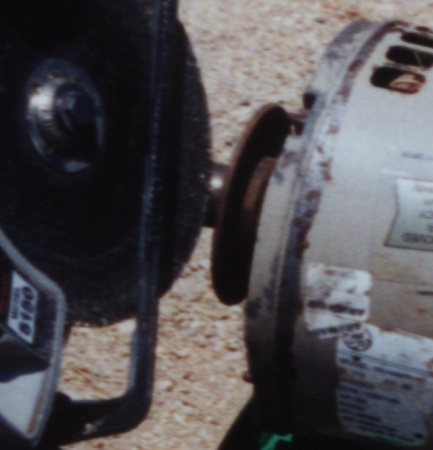
The inside of the base needs small angles at the corners to reinforce them. The alternator has a bolt on one of the two mounting lugs. That bolt goes into a hole in a metal strap (shown in second photo) and serves as a pivot mounting point. The two struts to the alternator cause it to have a rigid position. The motor mount is adjustable. The large pulley is for a 1" diameter shaft. The motor is given a 1" shaft by lightly grinding half of the variable speed pulley that it originally had using a skillsaw with an abrasive blade.
Modify alternator. Only brushes and windings are needed.
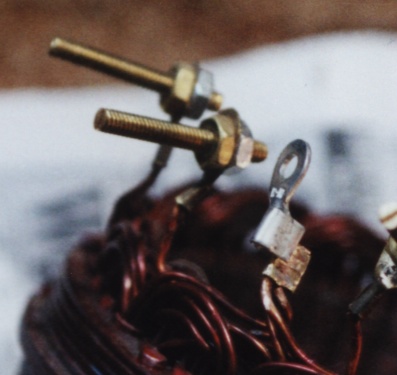
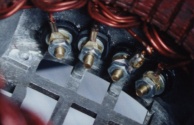
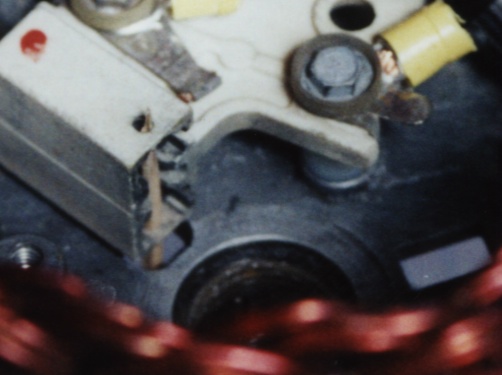

All that is needed from the alternator is the coils and the brushes. All other parts are removed. A broken alternator from a junkyard may be purchased cheaply and used. The broken parts are usually the diodes or the regulator module. They are not needed. The stator (stationary field) needs to have connection posts added. Those are merely bolts mounted on the housing using faucet washers as insulators. The common connection of the three windings has an opened crimp lug soldered to it for the ground connection (first photo). The brushes are held in place by a toothpick during assembly (third photo). The toothpick is removed after reassembly. Three nylon spacers are added in place of the original regulator module to hold the brush holder at the right location. The wires to the brush holder are held to the housing with a conventional strain relief. Don't forget to mark the terminals as 1,2,3 or Neutral.
Basic Motor/Alternator stand.
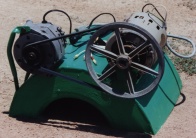
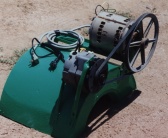
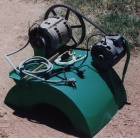
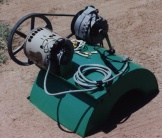
When you pick this up it seems rather flimsy and flexible. It works quite well and keeps a constant belt tension at all times. The wires to the motor have loops for ammeter access. In some experiments this is needed to measure the output load indirectly because the output voltage is too high to measure. The 3/4 HP motor can just barely handle the large pulley at start up. It sounds like a large saw blade in operation.